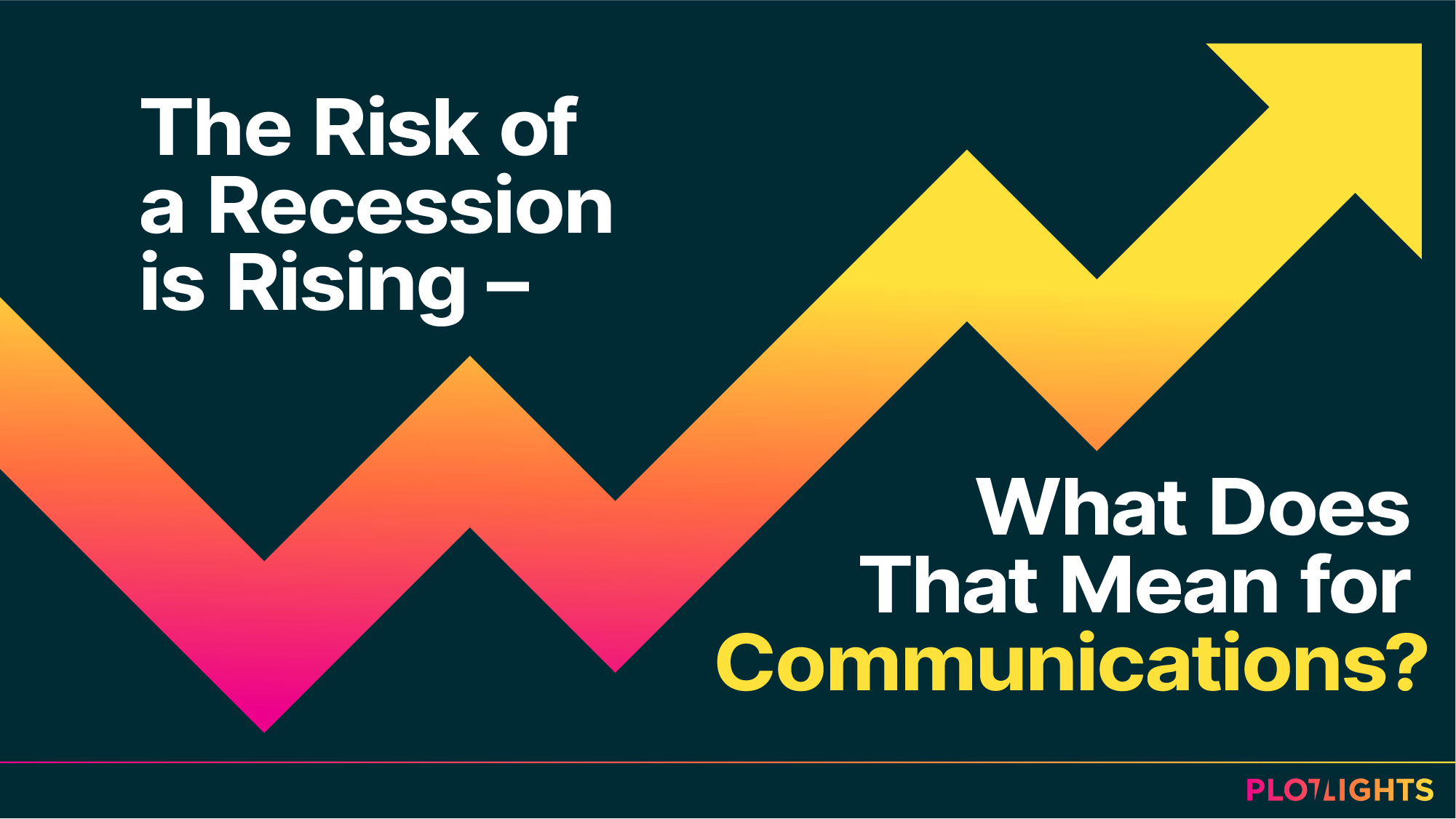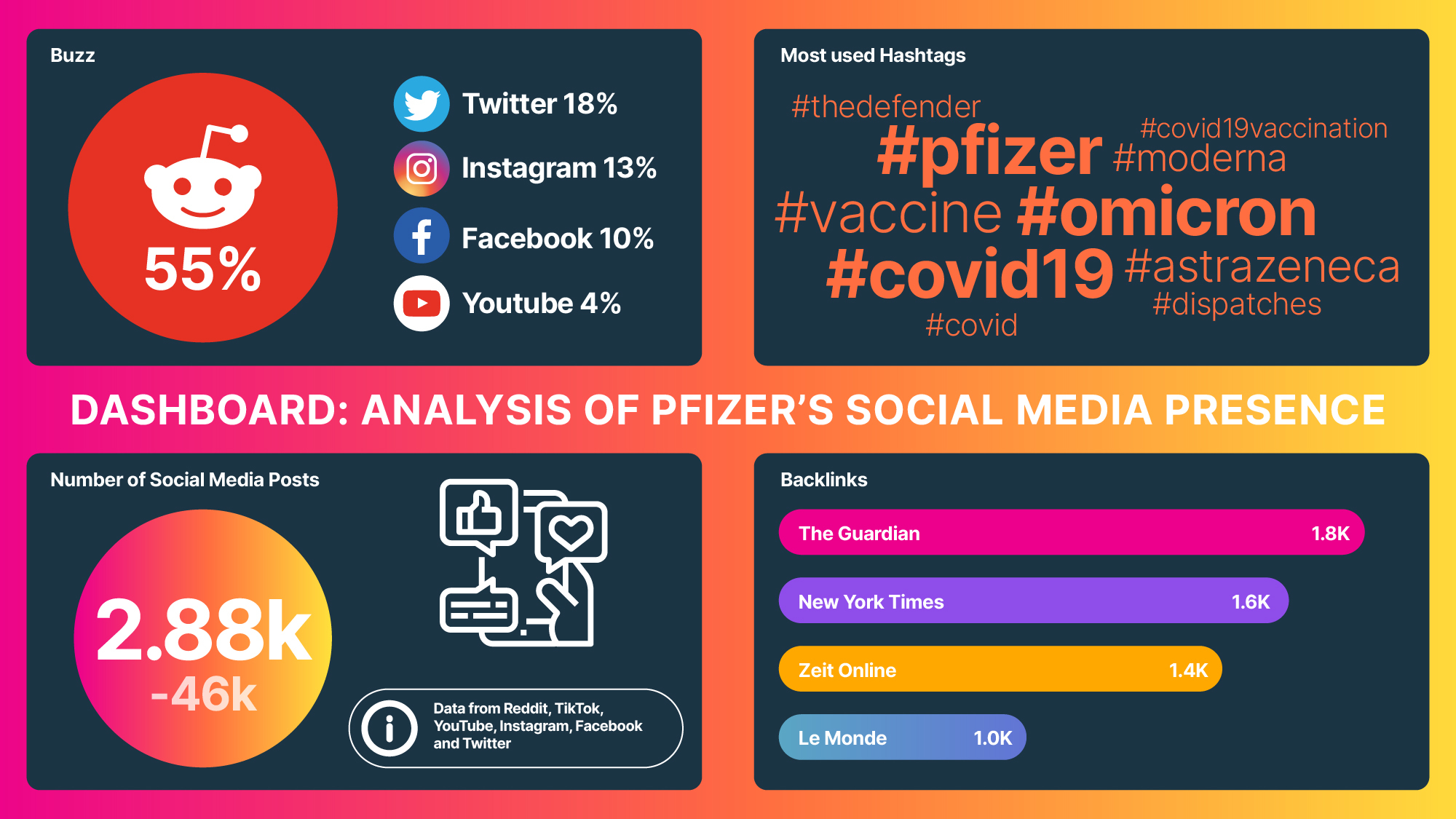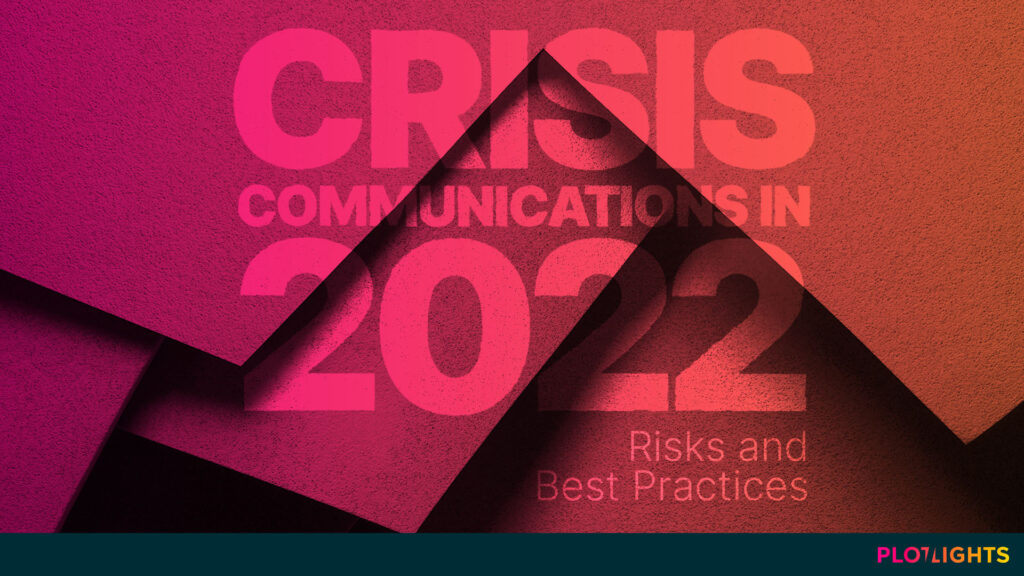The world balances on a knife-edge, between chaos and calm.
The last couple of years have shown that the “right” crisis, COVID, knows no borders and can affect all companies. Industries from technology to energy to hospitality & leisure and everything in between were hit. Supply chains remain in utter disarray and communications teams continue to play catch-up.
But catastrophes come in all shapes and sizes, all of which require a concerted response.
Just in 2021, crises were seemingly a dime-a-dozen. Better.com’s CEO made national headlines for firing 900 people over Zoom – 15% of the company – just before the holidays, an appalling unforced error. Evergrande, the Chinese real estate behemoth and most indebted company on earth, failed to make interest payments on said enormous debt sending the company into freefall. Facebook shares plummeted the day after a whistleblower interview with 60 Minutes.
The list goes on and on, one crisis after the other, with the war in Europe now testing the mettle of countries and corporations alike.
To that end, the importance of having a crisis management strategy can’t be overstated in terms of protecting your reputation. Your communications play a vital role as the public face of that strategy, but what exactly is crisis comms? As the Penn State University’s Page Center for integrity in public communication puts it, it’s “the collection, processing, and dissemination of information required to address a crisis situation.”
When information moves at lightspeed and perception can flip in an instant, your reputation hangs in the balance.
Is your organization truly prepared for the moment you may slip off that edge and fall headlong into corporate calamity?
Crisis Scenarios to Prepare for in 2022
We mentioned that crises can come in all shapes and sizes, let’s explore that further and fully dispel the notion that organization size or industry can keep you insulated and out of reach of the long tentacles of crisis. Potential mines are buried everywhere.
- Diversity, Equity & Inclusion – From the pay gap to the way minorities are treated, it’s increasingly become the domain of businesses to remedy these long-standing social inequities. At this point, not working on diversity, equity, and inclusion (DEI) requires a response and explanation because the business case for diversity is overwhelming. As Boston Consulting Group found, “companies that reported above-average diversity on their management teams also reported innovation revenue that was 19 percentage points higher than that of companies with below-average leadership diversity.” If you’re not inclusive, you better have an explanation as to why.
- Sustainability – The environmental issues of our day are reaching a fever pitch. Whether it’s working to keep global temperatures in check or keeping our waterways clean, sustainable practices continue to drive company policy more and more. Why? Likely because sustainability influences purchasing decisions, with a 2017 study showing that 76% of consumers expect companies to address climate change. And practicing what you preach with sustainability is critical because venturing into greenwashing can be a huge blow to your brand.
- Fake News & Disinformation – As we’ve come to find globally, being media-savvy in this day and age is harder than it seems. Fake news is both state-sponsored and privately created with the hopes of swaying opinions and creating action – and it’s everywhere, spread like wildfire by social media. If your organization is caught in the crosshairs, do you have a plan in place to fight back? With disinformation becoming a business in its own right and subsequently a weapon for hire, it’s vital to have steps in place to reassert dominance over the narrative.
- War & Politics – The war in Ukraine has struck a global nerve, everyone has an opinion and as this war has shown, your company’s stance matters. Yale University notes that “over 750 companies have publicly announced they are voluntarily curtailing operations in Russia to some degree beyond the bare minimum legally required by international sanctions”. On the flip side, the companies staying find themselves in the “hall of shame” while others consider half-measures to have their cake and eat it too. How your brand acts and communicates on this issue can have real effects. More broadly, the same goes for any political stance your company takes. Taking a stand means ruffling some feathers, you need a plan before that.
- Cybersecurity – A data breach can happen to anyone and affect thousands, like a recent breach at MetroHealth in Cleveland, Ohio did to nearly 2,000 patients, or millions, like the breach that struck Cash App and affected 8 million users. Is your communications team prepared to restore that sort of lost trust?
- Employee Activism – Right or wrong, when employees don’t get their way, be it on diversity, pay, time off, benefits, etc., it can become a problem. Look no further than workers at Amazon who won their historic union bid in Staten Island, opening the floodgates with more than 100 other facilities in the US wanting to do the same. Or consider the intense internal (and external) backlash that Netflix faced after releasing comedian Dave Chappelle’s latest special – and the subsequent botched response from their CEO.
Just take a quick look back at the breadth and scope of some of the listed scenarios. Crises can truly arise from any corner of the globe – and any corner of your organization. Whether it’s organizational miscues, leadership missteps, increased polarization, and beyond, being prepared is the difference between being ahead of the curve and finding yourself perilously behind it.
Crisis Communications Done Right and Wrong – Examples
Let’s take the bad first.
The Wrong: Boeing
In the span of just 5 months, 2 of Boeing’s new 737 Max airplanes infamously crashed, killing 346 people in the process. Their response was a masterclass in what not to do. Starting off with a slow response and initially blaming pilot error, it eventually came to light that Boeing was well aware of the issues with their flight control software. This lack of transparency and dishonesty culminated in a cratering of public trust accompanied by a precipitous decline in share prices that have yet to recover.
And onto to the good.
The Right: KFC
When a brand with chicken in its name runs out of chicken, well, that’s a crisis – and that’s exactly what happened to KFC outlets in 2018 across the UK and Ireland. Transparency and good humor saved the day for a crisis feathered with irony. The company immediately owned the issue on social media and ran full-page print ads cheekily reordering the letters on their classic buckets to say “FCK”, accompanied by an apology. A founder of Frank PR, Andrew Bloch, called it a “masterclass in PR crisis management” with Adweek even creating a video chronicling the crisis communications.
KFC apologises with a full page ad in today’s Metro. A masterclass in PR crisis management.#KFCCrisis pic.twitter.com/ZF4SfAuHl5
— Andrew Bloch (@AndrewBloch) February 23, 2018
Crisis Communications – Best Practices
The best response to a crisis is one that’s prepared in advance because a planned response is more likely to be an effective one.
- Define the Goal – Pretty straightforward, the goal is to contain a crisis but defining how and who the stakeholders are, ensures everyone is operating from the same page.
- Create and Train a Crisis Comms Team – Your comms team does the heaviest lifting in the early phases of a crisis. You want to have those folks chosen and trained ahead of time so they’re ready to act in the moments immediately after a problem unfolds.
- Identify Communications Channels – Where is your messaging going to take place? Nowadays people turn to social media for news and info from their favorite brands, so a likely first step will be to have your comms team issue a statement across your channels. Keep the communication open on all those channels and, as transparently as possible, answer the questions that are likely to flood in. You’ll also want to have journalists, influencers, and other prominent media figures you can call on to (honestly) endorse you.
- Internal & External Risk Audit – Pull your team together and do a deep dive into the risk factors your company may face when implementing the plan. Don’t gloss over this, really be critical here as this exercise can do more than just shape your crisis comms and contingencies, it could help you shore up some weaknesses and gaps you didn’t realize you had.
- Implement Media Intelligence Solutions – The fact is, you don’t know what you don’t know and that’s where tools like Plotlights can help. With threats lurking and crises near-impossible to predict, having advanced data, metrics, and insights on your side are indispensable when developing crisis communications and PR strategy.
- Be Transparent & Move Fast – Don’t be caught sitting on your hands with analysis paralysis, a crisis depends on a speedy and clear response, otherwise, you lose control of the narrative. Being prepared in advance ensures you can react quickly while keeping honesty at the core of your message.
While it may have been comforting to think we can sidestep each and every catastrophe, it’s become crystal clear that none of us live outside the bounds of a crisis anymore. The smartest and safest way forward then becomes to get real and get prepared.







